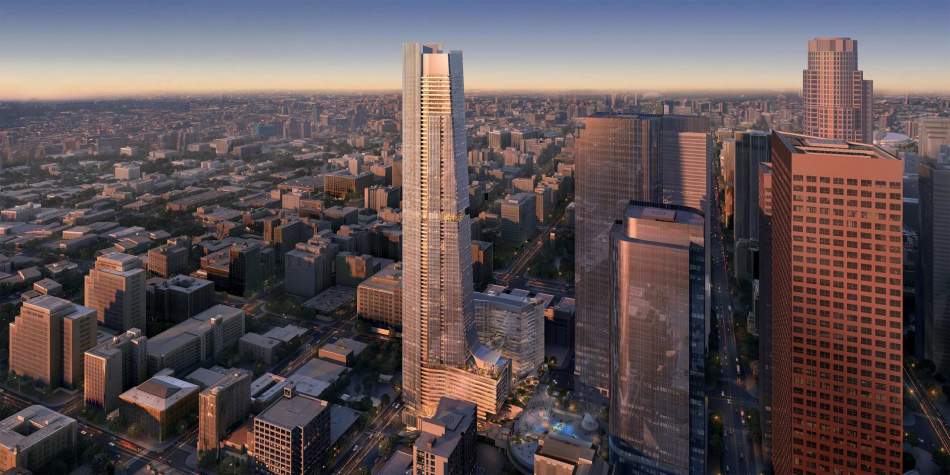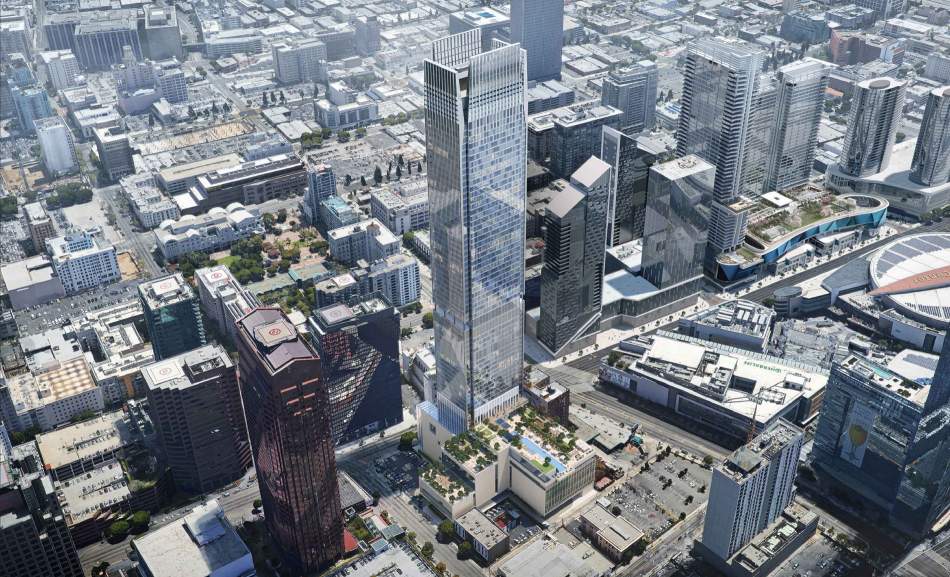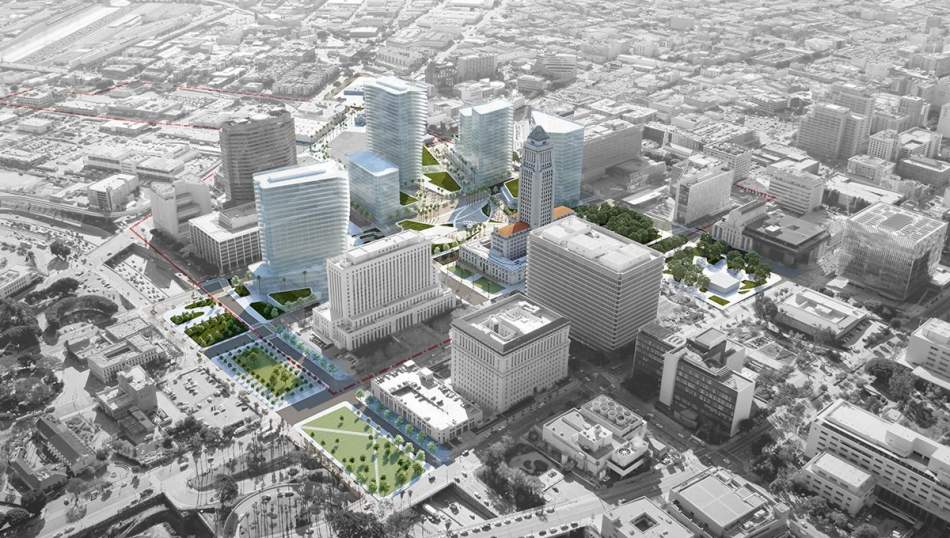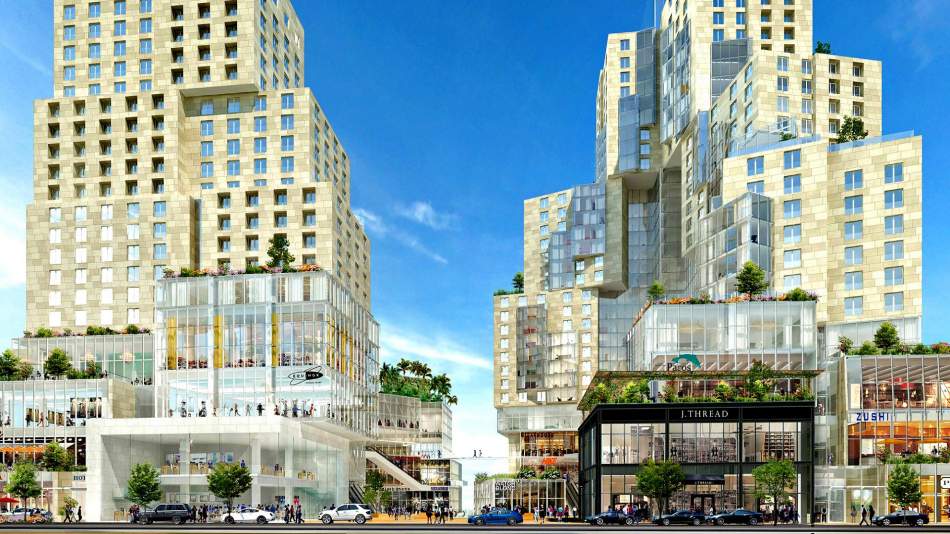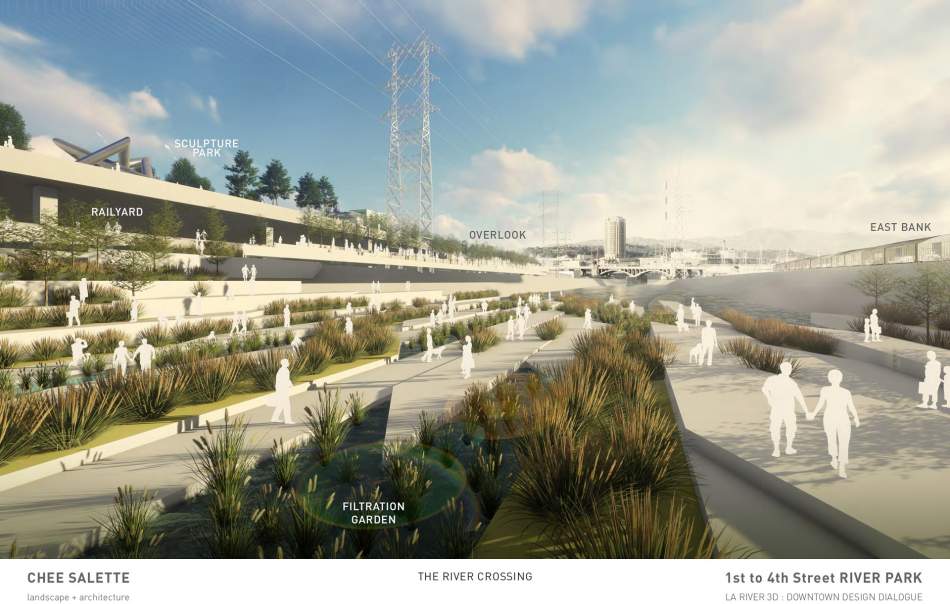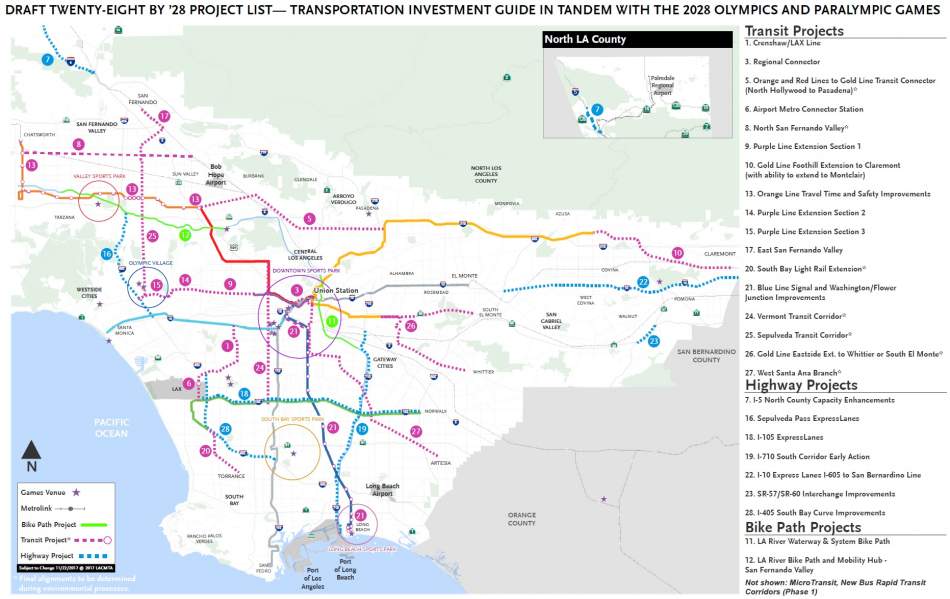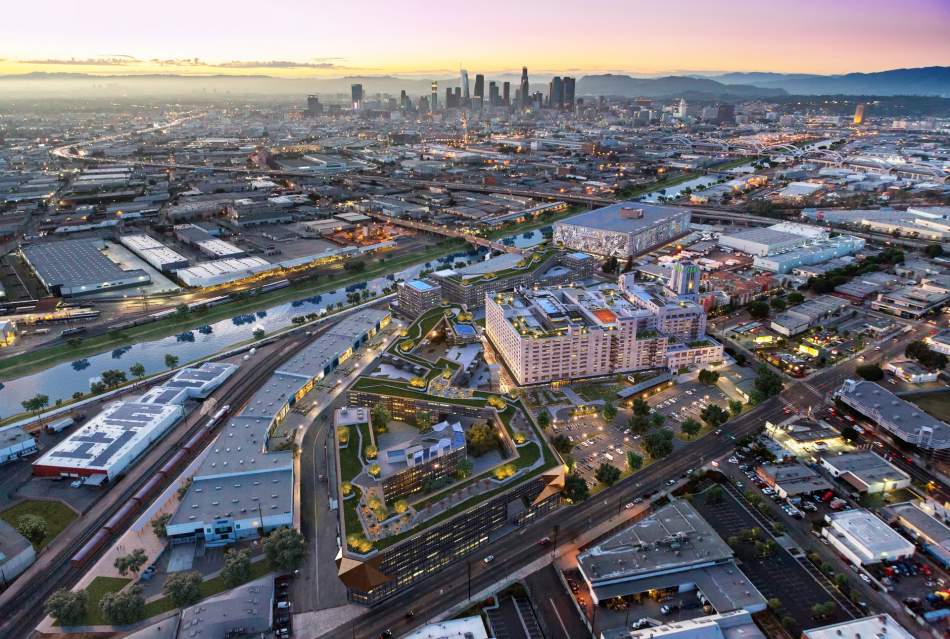Measure S Defeated
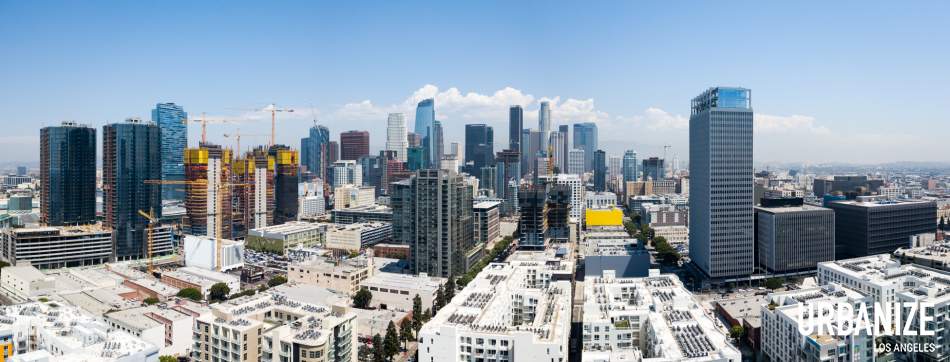
Through the early part of 2017, Los Angeles urbanists were consumed with the fight against Measure S, the proposed ballot initiative that would have curtailed high-density development by forbidding general plan amendments and other forms of "spot zoning." While the said practice is not considered ideal, it has emerged as one of the few means of producing large quantities of infill housing despite the City's increasingly convoluted and restrictive land use regulations.
An op-ed penned by guest contributor Shane Phillips was widely circulated, demonstrating seven ways in which Measure S would have been bad for Los Angeles. Come election day in March, the predicted nail-biter turned into a blowout, as Measure S was rejected by over 70 percent of voters.
Forbidden City - How Los Angeles Banned Some of Its Most Popular Building Types
Mark Vallianatos, Director of LAPlus, used a walking tour through a nondescript stretch of East Hollywood, Silver Lake, and Los Feliz to demonstrate how Los Angeles - through mid-century land use and zoning regulations - inadvertently banned some of its most popular forms of multifamily housing. If you are wondering why we cannot build dingbats or bungalow courts today, this is a must-read.
Development Concept Moves forward at Angels Landing
After sitting fallow for nearly three decades, it seems that something will finally be built on the Angels Landing site at 4th and Hill Streets in Downtown. Just this month, the City of Los Angeles elected to enter into an exclusive negotiating agreement with the team of MacFarlane Partners, the Peebles Corporation, and Claridge Properties, which has proposed a $1.2-billion mixed-use complex for the long-vacant parcel. Their proposal calls two high-rise buildings, featuring 425 apartments, 250 condominiums, a 192-room SLS hotel, a 289-room Mondrian Hotel, a charter elementary school, 50,000 square feet of publicly accessible open space and 45,000 square feet of shops and restaurants.
Their project, scheduled to open in late 2024, is being designed with towers rising 88 and 24 stories. The larger building, with an architectural peak of 960 feet, would be among the tallest in Los Angeles.
Figueroa Centre Proposed in South Park
Regalian, a local entity linked in a real estate firm out of Singapore, intends to construct Los Angeles' 3rd tallest building on a parking lot near 9th and Figueroa Streets. The 66-story, 975-foot building - dubbed Figueroa Centre - is being designed by CallisonRTKL. The project calls for 200 condominiums, a 200-room hotel, 617 parking spaces and 94,000 square feet of commercial space.
The developer hopes to begin construction in 2020.
Expo Line Eclipses Ridership Milestone
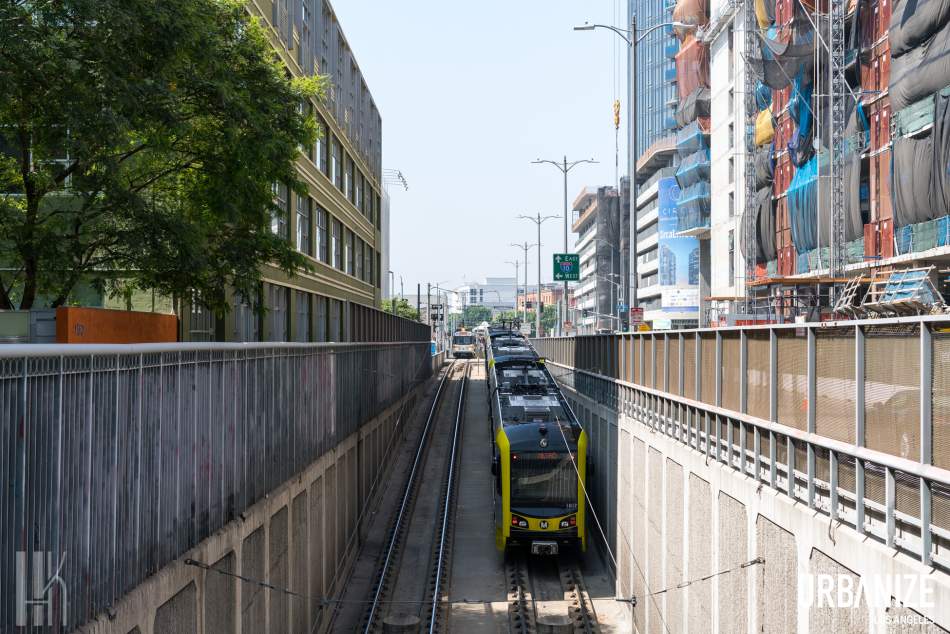
In July, our contributor Scott Frazier broke a story that eventually made the national news. The Expo Line - Los Angeles' popular light rail corridor between Downtown Los Angeles and Santa Monica - had averaged 64,000 daily boardings during the month of June, eclipsing its predicted ridership in the year 2030.
Expo, which links Los Angeles County's two largest job centers, has been a bright spot for Metro despite an overall downward trajectory in transit ridership. Service cuts and growing pains have hampered patronage on both region's bus and rail systems, respectively, but fixes may be on the way.
Metro is currently looking to "reimagine and restructure" its bus system - the nation's second busiest. The agency is also pursuing potential grade separations for both the Expo and Blue Lines, including along the Flower Street bottleneck. Other capital investments - such as the Crenshaw/LAX Line and the continuing Gold Line extension - could also boost ridership.
Civic Center Master Plan Unveiled
The Civic Center represents a vast dead zone in the heart of an increasingly vibrant Downtown Los Angeles, with block after block of staid government office buildings standing between communities such as Little Tokyo, Chinatown, and El Pueblo.
The City of Los Angeles is finally looking to change the status quo, with the adoption of a Civic Center Master Plan that looks to infuse life into the area by introducing 2.2 million square feet of residential and commercial developments, as new open spaces.
The first step towards this buildout could come with the replacement of Parker Center, the controversial ex-headquarters of the Los Angeles Police Department. Preservationists would like to see the Welton Becket-designed building restored and reused as offices, while Little Tokyo stakeholders and advocates of minority communities would prefer to see it torn down for a new 27-story tower lined with ground-floor retail.
The Wilshire Grand Takes its Place in the DTLA Skyline
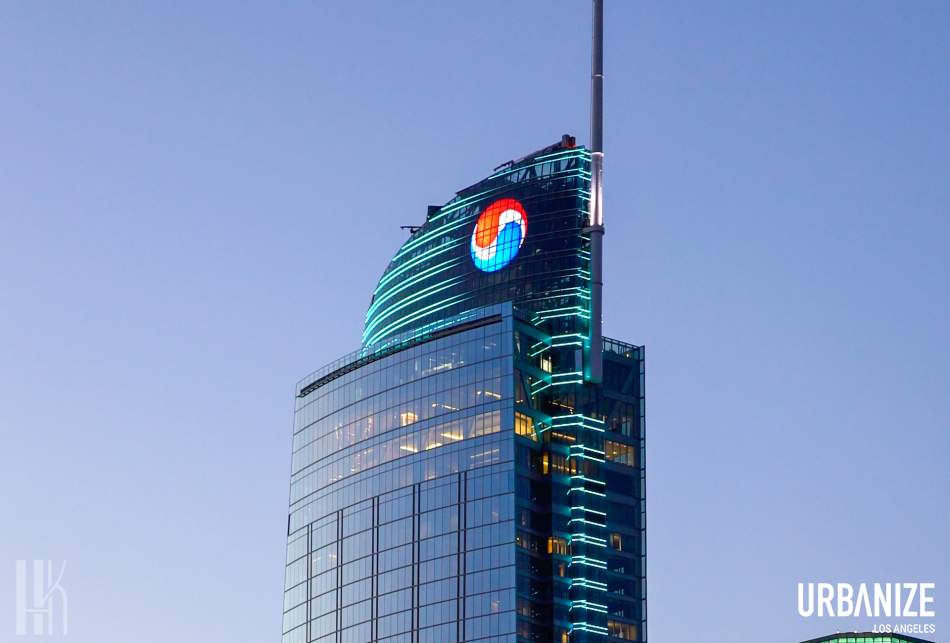
In June, the Wilshire Grand concluded its four-year construction period with an LED-driven opening ceremony, showing the full potential of its sail-like crown. The $1.2-billion project, developed by the Korean conglomerate Hanjin Group, features an 889-room Intercontinental Hotel, 350,000 square feet of offices and 45,000 square feet of shops and restaurants.
It's LED crown is expected to figure prominently in a New Years Eve countdown later next week.
Long-Awaited Grand Avenue Project Finally Takes Steps Forward
The project that Downtown's latest development boom forgot. While similarly ambitious projects such as Metropolis and Oceanwide Plaza were revived using with an infusion of foreign capital, the Frank Gehry-designed Grand Avenue Project was seemingly left in the dust. That changed late last year when Related Cos. found its angel investor through the Chinese firm CORE, which poured $290 million into the project.
Things took another small, but important step forward in August, when the development team began coordinating building permits for the long-delayed project. Plans call for the "tinker-toy" parking garage across the street from the Walt Disney Concert Hall to be replaced with towers of 39 and 20 stories, featuring 128 condominiums, 214 market-rate apartments, 86 units of affordable housing, a 305-room Equinox hotel and 200,000 square feet of retail and restaurant space.
The two towers will follow already-completed components of the Grand Avenue Project, including the Emerson apartments and the Broad Museum. A groundbreaking is expected in late 2018.
Ambitious Visions Emerge for the L.A. River
Every year seems to bring new concepts for the concrete-cased L.A. River, and 2017 was no exception.
This year saw the City purchase the 42-acre Taylor Yard parcel, which is considered the "crown jewel" of the proposed $1-billion restoration with the Army Corps of Engineers.
The long-awaited reopening of L.A. State Historic Park occurred over the summer, while construction began for a sister park on its opposite bank in early summer.
Plans for bridges at three separate locations took steps toward reality, and a variety of architecture and engineering firms unveiled plans for revitalization between the Arts District and Elysian Park.
Lastly, a proposal to open up the river's 19-mile southern reach to public access is moving forward, with visions of new parks and bike trails between Vernon and Long Beach.
LACMA Redesign Pushes Ahead
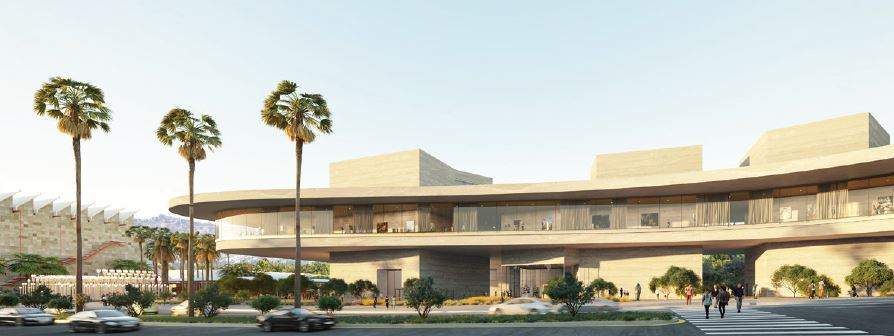
The controversial plan to rebuild much of the LACMA campus with a $600-million building designed by Peter Zumthor is moving forward, with the release earlier this year of the project's draft environmental impact report.
Zumthor's design calls for a 390,000-square-foot building that would bridge across Wilshire Boulevard. it is portrayed as a squat, sand-colored structure lined with open space at its ground level.
The project is tentatively scheduled to begin construction in 2018.
Elsewhere on the LACMA campus, construction is already underway for a $388-million museum for the Academy of Motion Picture Arts and Sciences.
In November, the Metro Board of Director's took up a proposal from Los Angeles Mayor and current Board Chair Eric Garcetti known as "28 by 28," which proposes to complete 28 transportation projects before the start of the 2028 Summer Olympic Games.
In addition to 16 projects that were already slated for completion, Garcetti's initiative also calls for acceleration of the South Bay Light Rail Extension, the Sepulveda Transit Corridor, phase two of the Gold Line's Eastside Extension, the Sepulveda Pass Transit Corridor and the West Santa Ana Branch. Also included is a proposal to improve operations at the Blue and Expo Line's junction at Washington Boulevard and Flower Street.
Back in October, we offered readers a first glimpse of developer Izek Shomof's proposed reimagining of the iconic Sears Building in Boyle Heights, which is being dubbed the Mail Order District.
Under the proposed development scheme, the existing building would be reimagined with over 1,000 residential units, offices, shops, and restaurants.
The surrounding properties are slated for a handful of ground-up buildings, which could create up to 700 apartments, a 120-key hotel, and commercial space.
A timeline for the project has not been revealed.
DTLA Apartments: A Lesson in Supply and Demand
The Downtown construction boom has unsurprisingly led to an apartment glut in the neighborhood, with the vacancy rate swelling to 12 percent as of September 2017. While this phenomenon has been used by pro-growth and anti-growth advocates as evidence of the benefits (or dangers) of new development, the aftermath of past building booms showcases that the current abundance of Downtown apartments is likely to be temporary.





